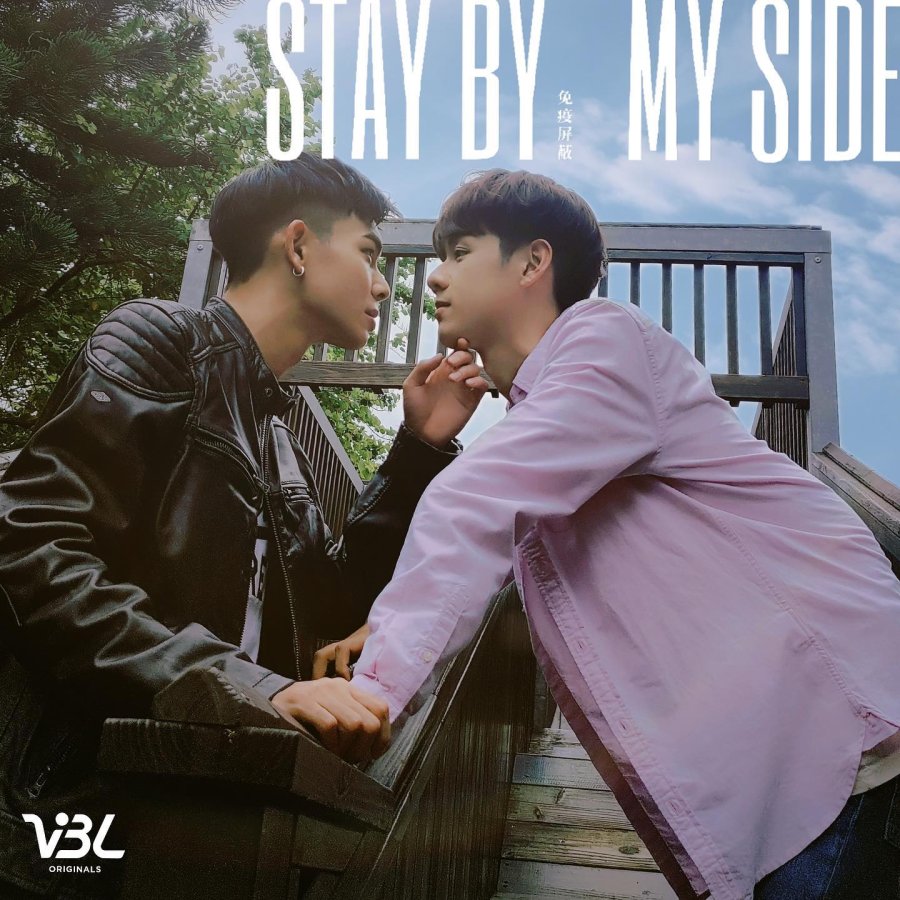
Vietnam, a nation sculpted by millennia of history and blessed with breathtaking natural beauty, offers a travel experience as diverse as its landscapes. From the emerald rice paddies of the north to the vibrant deltas of the south, and the ancient traditions that echo through its cities, Vietnam captivates every kind of traveler. Deciding where to stay is the first crucial step in unlocking this captivating Southeast Asian gem. This comprehensive guide will equip you with the knowledge to navigate its treasures, from iconic attractions and rich history to practical travel tips, accommodation options, transportation, and the perfect time to embark on your Vietnamese adventure.
A Glimpse into Vietnam’s Storied Past
To truly appreciate Vietnam, understanding its history is paramount. For centuries, Vietnam endured periods of Chinese domination, followed by French colonial rule in the 19th century. The 20th century was marked by the devastating Vietnam War, a conflict that left an indelible mark on the nation and its people. Yet, Vietnam’s resilience shines through. Today, it is a rapidly developing nation, proud of its cultural heritage, and eager to share its story with the world. This history is palpable in its ancient temples, colonial architecture, and the enduring spirit of its people.

Related Articles about Vietnam: A Tapestry of Experiences – Where to Stay and What to Discover:
- Singapore’s Golden Embrace: A Symphony of Luxury, Culture, and Unforgettable Stays
- Madrid: A Tapestry of Royal Grandeur, Artistic Soul, and Vibrant Life
- Denmark’s Crown Jewels: A Journey Through the Best Hotels and Enchanting Experiences
- Sin City Sojourn: A Comprehensive Guide to Your Las Vegas Adventure
- Sri Lanka: The Pearl of the Indian Ocean – Your Comprehensive Travel Guide
Top Attractions: A Journey Through Vietnam’s Soul
Vietnam’s allure lies in its incredible diversity. Here are some of the unmissable destinations and their star attractions:
The North: Mountains, Culture, and History
- Hanoi: The capital city is a captivating blend of old and new.
- Old Quarter: Lose yourself in its labyrinthine streets, each dedicated to a specific trade, alive with the scent of street food and the buzz of motorbikes.
- Hoan Kiem Lake: A tranquil oasis in the city center, home to the iconic Ngoc Son Temple.
- Temple of Literature: Vietnam’s first university, a serene sanctuary dedicated to Confucius.
- Ho Chi Minh Mausoleum: A somber yet significant landmark honoring the nation’s revolutionary leader.
- Water Puppet Theatre: A unique and traditional Vietnamese art form.

- Ha Long Bay: A UNESCO World Heritage Site, this seascape of thousands of limestone karsts and islets rising from emerald waters is simply breathtaking. Overnight cruises are the best way to experience its magic.
- Sapa: Nestled in the Hoàng Liên Son Mountains, Sapa offers stunning terraced rice paddies and a glimpse into the lives of ethnic minority communities like the Hmong and Dao. Trekking through these landscapes is an unforgettable experience.
- Ninh Binh: Often called "Ha Long Bay on land," Ninh Binh boasts dramatic karst landscapes, winding rivers, and ancient temples.
- Tam Coc: "Three Caves," where you can take a sampan boat ride through rice paddies and limestone caves.
- Trang An: Another UNESCO site, offering a similar but perhaps even more dramatic boat tour experience.
- Hoa Lu: The ancient capital of Vietnam, with impressive temples dedicated to past emperors.
The Central Region: History, Beaches, and Culinary Delights
- Hue: The former imperial capital, Hue is steeped in history and culture.
- Imperial City (Citadel): A sprawling complex of palaces, temples, and courtyards, once home to the Nguyen Dynasty.
- Imperial Tombs: Elaborate and beautifully preserved tombs of past emperors, scattered along the Perfume River.
- Thien Mu Pagoda: An iconic seven-story pagoda overlooking the Perfume River.
- Hoi An: A charming ancient town, a UNESCO World Heritage Site, renowned for its well-preserved architecture and vibrant atmosphere.
- Ancient Town: Wander through its lantern-lit streets, discover tailor shops, art galleries, and historical buildings.
- Japanese Covered Bridge: A symbol of Hoi An.
- Tailoring: Get custom-made clothing at incredibly reasonable prices.
- Cooking Classes: Learn to prepare delicious Vietnamese dishes.
- Da Nang: A bustling coastal city, offering a modern contrast to Hoi An.
- My Khe Beach: A long stretch of golden sand, perfect for swimming and relaxing.
- Marble Mountains: A cluster of five limestone hills, home to caves, tunnels, and Buddhist sanctuaries.
- Dragon Bridge: Famous for its nightly fire and water shows.
The South: Bustling Cities, Lush Deltas, and Island Paradises
- Ho Chi Minh City (Saigon): The vibrant economic heart of Vietnam, a city of relentless energy and captivating contrasts.
- War Remnants Museum: A powerful and moving testament to the Vietnam War.
- Independence Palace (Reunification Palace): The former presidential palace, a significant historical landmark.
- Notre Dame Cathedral & Central Post Office: French colonial architectural gems.
- Bến Thành Market: A bustling market for souvenirs, local crafts, and street food.
- Cu Chi Tunnels: An extensive network of underground tunnels used by the Viet Cong during the war, offering a fascinating glimpse into guerrilla warfare.
- Mekong Delta: A labyrinth of rivers, canals, and lush islands, offering a glimpse into rural Vietnamese life.
- Floating Markets: Experience the vibrant chaos of markets like Cai Rang, where vendors sell their produce from boats.
- Canals: Take boat trips through the intricate waterways, observing local life and lush vegetation.
- Orchid Island & Fruit Orchards: Sample tropical fruits and visit local workshops.
- Phu Quoc Island: Vietnam’s largest island, a tropical paradise with pristine beaches, turquoise waters, and lush national parks.
- Long Beach: The most popular beach, lined with resorts and restaurants.
- Sao Beach: Known for its white sand and calm waters.
- Phu Quoc National Park: Explore its diverse flora and fauna.
- Night Market: Sample fresh seafood and local delicacies.
Accommodation Options: From Budget to Boutique Luxury
Vietnam caters to every budget and travel style, offering a wide array of accommodation:
- Hostels: Abundant in major tourist hubs like Hanoi, Hoi An, and Ho Chi Minh City, hostels are excellent for solo travelers and those seeking a social atmosphere. Dorm beds are incredibly affordable, and many offer private rooms.
- Guesthouses (Nhà Nghỉ): A step up from hostels, guesthouses offer private rooms, often with en-suite bathrooms, at reasonable prices. They provide a more local and intimate experience.
- Budget Hotels: Throughout the country, you’ll find a plethora of budget-friendly hotels offering clean and comfortable rooms, often with air conditioning and basic amenities.
- Mid-Range Hotels: These hotels offer a good balance of comfort, amenities, and price. Expect better decor, more facilities like swimming pools, and attentive service.
- Boutique Hotels: Found in charming towns like Hoi An and in the larger cities, boutique hotels offer unique character, personalized service, and often stylish design, reflecting local aesthetics.
- Luxury Hotels & Resorts: Vietnam boasts world-class luxury hotels and resorts, particularly in major cities and popular beach destinations like Phu Quoc and Da Nang. These offer impeccable service, stunning facilities, and often breathtaking views.
- Homestays: For an immersive cultural experience, consider a homestay, especially in rural areas or ethnic minority villages. This allows you to live with a local family, share meals, and gain a deeper understanding of their way of life.
- Bungalows & Eco-Lodges: In natural settings like Sapa or near national parks, you’ll find charming bungalows and eco-lodges that blend seamlessly with their surroundings, offering a tranquil escape.
Getting Around: Navigating Vietnam’s Diverse Terrain
Vietnam’s excellent transportation network makes it relatively easy to explore its length and breadth:
- Flights: For longer distances, flying is the most efficient option. Vietnam Airlines, VietJet Air, and Bamboo Airways offer frequent domestic flights connecting major cities like Hanoi, Da Nang, and Ho Chi Minh City.
- Trains: The Reunification Express train line runs the length of Vietnam, offering a scenic and relaxed way to travel between cities. Sleeper berths are recommended for overnight journeys.
- Buses: An extensive network of inter-city buses connects most towns and cities. There are different classes of buses, from basic to more comfortable "limousine" buses with reclining seats. Overnight buses are a popular and economical choice.
- Motorbikes: Renting a motorbike is a popular way for independent travelers to explore specific regions, especially in rural areas or smaller towns. However, caution is advised, as traffic can be chaotic, and international driving permits are often required. Always wear a helmet.
- Taxis & Ride-Sharing Apps: Taxis are readily available in cities. It’s advisable to use reputable companies or ensure the meter is used. Ride-sharing apps like Grab are incredibly popular and convenient for getting around cities, offering both car and motorbike options.
- Cyclos: A traditional mode of transport, especially in tourist areas. They offer a leisurely way to see the sights, but agree on the price beforehand.
- Boats: Essential for exploring the Mekong Delta and Ha Long Bay, with various options from public ferries to private cruises.
Travel Tips for a Smooth Vietnamese Journey
- Visa: Most nationalities require a visa to enter Vietnam. Check the latest requirements for your country and consider applying for an e-visa online in advance.
- Currency: The Vietnamese Dong (VND) is the official currency. US dollars are also widely accepted in tourist areas, but it’s best to carry some Dong for smaller purchases and local markets. ATMs are readily available in cities.
- Language: Vietnamese is the official language. While English is spoken in tourist areas, learning a few basic Vietnamese phrases will be greatly appreciated.
- Bargaining: Bargaining is common in markets and with some service providers. Approach it with a smile and good humor.
- Street Food: Vietnam is a street food paradise! Be adventurous and try local delicacies, but choose vendors with good hygiene practices and busy stalls.
- Sim Card: Purchasing a local SIM card upon arrival is inexpensive and provides easy access to data for navigation and communication.
- Respectful Dress: When visiting temples and pagodas, dress modestly, covering your shoulders and knees.
- Hydration: Vietnam can be hot and humid. Drink plenty of bottled water to stay hydrated.
- Travel Insurance: It’s always recommended to have comprehensive travel insurance to cover any unforeseen circumstances.
The Best Time to Visit: Embracing Vietnam’s Seasons
Vietnam experiences a diverse climate due to its long north-to-south stretch. The "best" time to visit depends on your preferred regions and activities:
- Spring (February to April): Generally considered the most pleasant time to visit most of Vietnam.
- North: Mild temperatures, clear skies, ideal for exploring Hanoi, Ha Long Bay, and Sapa.
- Central: Warm and dry, perfect for Hoi An and Hue.
- South: Warm and sunny, with less humidity.
- Summer (May to August): Hot and humid across the country, with the potential for heavy rainfall, especially in the north and central regions. This is peak tourist season, so expect crowds and higher prices. However, it’s a good time for beach destinations.
- Autumn (September to November): Another excellent time to visit, offering pleasant temperatures and lower humidity.
- North: Crisp air, ideal for trekking in Sapa.
- Central: Often experiences typhoons and heavy rains during this period, so check weather forecasts carefully.
- South: Warm and dry, a great time to explore Ho Chi Minh City and the Mekong Delta.
- Winter (December to January):
- North: Cool and dry, with occasional fog, especially in Hanoi and Ha Long Bay. It can be quite cold in Sapa.
- Central: Mild and pleasant, a good time to visit Hue and Hoi An.
- South: Warm and dry, making it ideal for beach holidays on Phu Quoc Island and exploring the Mekong Delta.
Key Considerations for Timing:
- Lunar New Year (Tet): The most important festival in Vietnam, usually falling in late January or early February. While a vibrant cultural experience, many businesses close, and travel can be challenging and expensive.
- Rainy Season: Be prepared for rain, especially if traveling during the summer months. Pack a light raincoat or umbrella.
Conclusion: Your Vietnamese Adventure Awaits
Vietnam is a country that will leave an indelible mark on your soul. From the bustling metropolises to the tranquil countryside, its rich history, vibrant culture, and breathtaking landscapes offer an unparalleled travel experience. By understanding where to stay, what to see, and how to navigate its wonders, you are well on your way to crafting an unforgettable journey. So, pack your bags, embrace the spirit of adventure, and prepare to be captivated by the magic of Vietnam.





